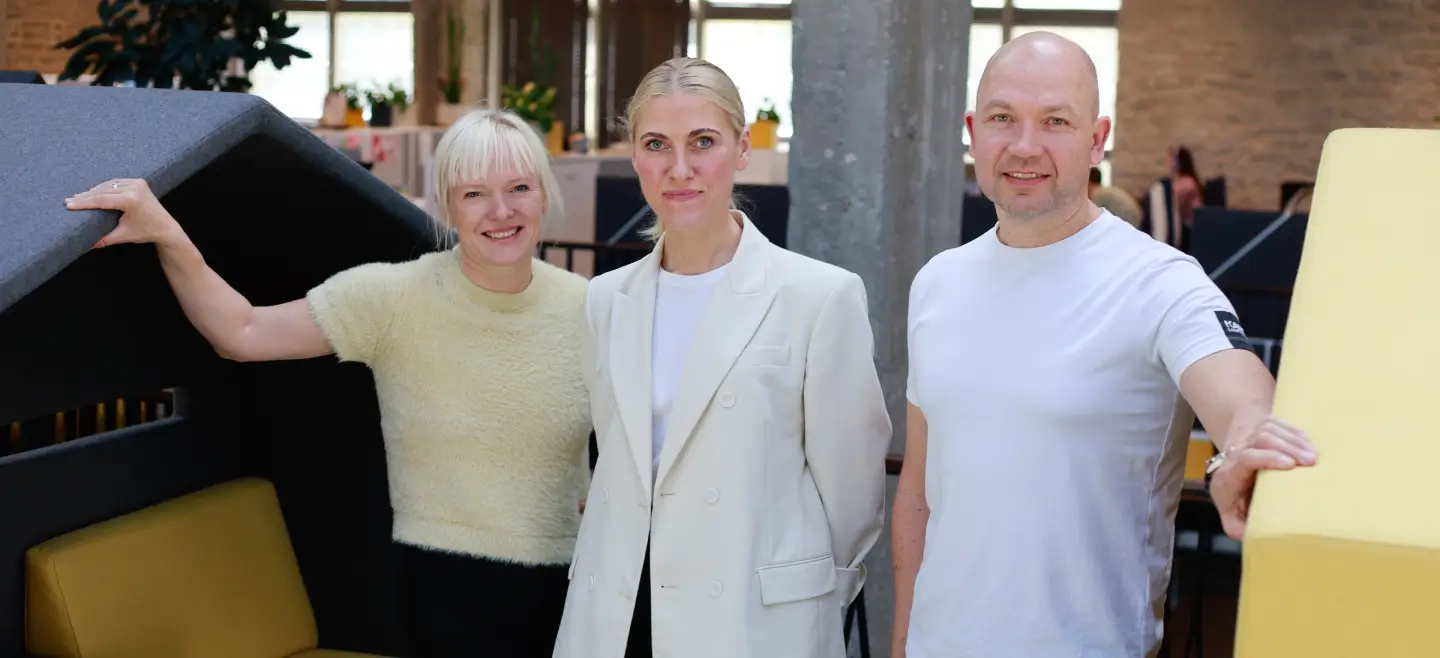If you have similar challenges and questions, please contact our specialists.

In a smaller company, implementing new software can take three to four months, while in larger companies it can take a couple of years. Change management is exceptionally important for the transition to be successful.
For example, when changing customer relationship management (CRM) software, a lot of effort is put into getting the sales team to properly enter data and use the solution in the new environment, said Marek Maido, Sales and Marketing Manager at Itera. Therefore, proper internal communication should start from day one.
„First, it must be made clear within the company who exactly the specific software change or update affects,” said Terje Liiv, Partner and Customer Experience Manager at Grant Thornton Baltic.
Failure to inform employees leads to a crisis
„We had two striking examples during the corona crisis where the management did not actually inform about a major change happening in the company,” Maido recalled. „We implemented new software and warehouse management for a large wholesale company, which was previously done manually on paper and became electronic. This also meant that you couldn't just go to the warehouse, take whatever you wanted, and put it back wherever you wanted, but everything had to be registered in the system,” Maido explained.
However, since the company had not communicated the change to the employees, all the employees lined up on the first day and said that either they would all collectively go on sick leave or they would throw the solution in the trash, Maido said.
„This was also a first-time experience for us. The company's management called us and asked what to do. We had to build the entire communication project on how to convince people to move forward with the solution.” Fortunately, the story had a happy ending in this company, but the case is a prime example of how communication can fail.
Preliminary analysis is the cornerstone of a good final result
Marjo Kallasmaa, Financial Controller at the publicly listed utility company Tallinna Vesi, also emphasized the need for a preliminary analysis, which would help keep the budget and schedule in check. They also have a lesson learned: „We did not do a preliminary analysis, and it backfired,” Kallasmaa said about the company's previous software update.
Often, clients respond to the preliminary analysis quote by saying, „Oh my, how expensive. But it is expensive if I can't answer what the goal is, what business risk or strategic business objective is to be achieved with the implementation of the solution,” said the Itera representative.
A proper analysis document ensures the success of the project because a mistake made at the beginning of the project is exponentially amplified the further the mistake is noticed. „Fixing a mistake during the analysis phase is very easy, but if we have run most of the way and then it turns out that one important thing is missing, it can become very expensive, and usually, the client pays for it,” he warned.
Every company is an IT company
Two very good examples that illustrate the importance of software solutions in the functioning of our daily affairs are the New York airport, which went dark for a minute and a half, and SKAIS, through which Estonian pensions are paid.
„In New York airport, which is one of the busiest in the world, there was a solution about 30 years old that had not been updated until now. They use computers with floppy disks. SKAIS has also not been updated for more than 25 years, and as a country, we are in a situation where we probably cannot continue to operate in this way or at least ensure the daily functioning of the system,” Maido added.
Tallinna Vesi's software had also not been updated for over 10 years. „Functions started to slow down, and it made no sense to build additional developments on top of it because the software no longer integrated with new programs,” Kallasmaa said.
Many medium and large Estonian companies and organizations started in the 1990s or early 2000s. „In 15-20 years, this growth has been sufficient for the patchwork solutions to start tearing or not supporting today's processes and needs at all,” confirmed the Itera representative. This is also one of the main reasons why companies start looking around more broadly.
In the photo from left to right: Terje Liiv, Partner and Client Experience Manager at Grant Thornton Baltic, Marjo Kallasmaa, Financial Controller and Head of Accountancy at Tallinna Vesi and Marek Maido, Marketing & Communications Manager at BCS Itera.
Photo by Andres Laanem







